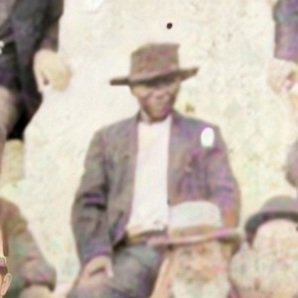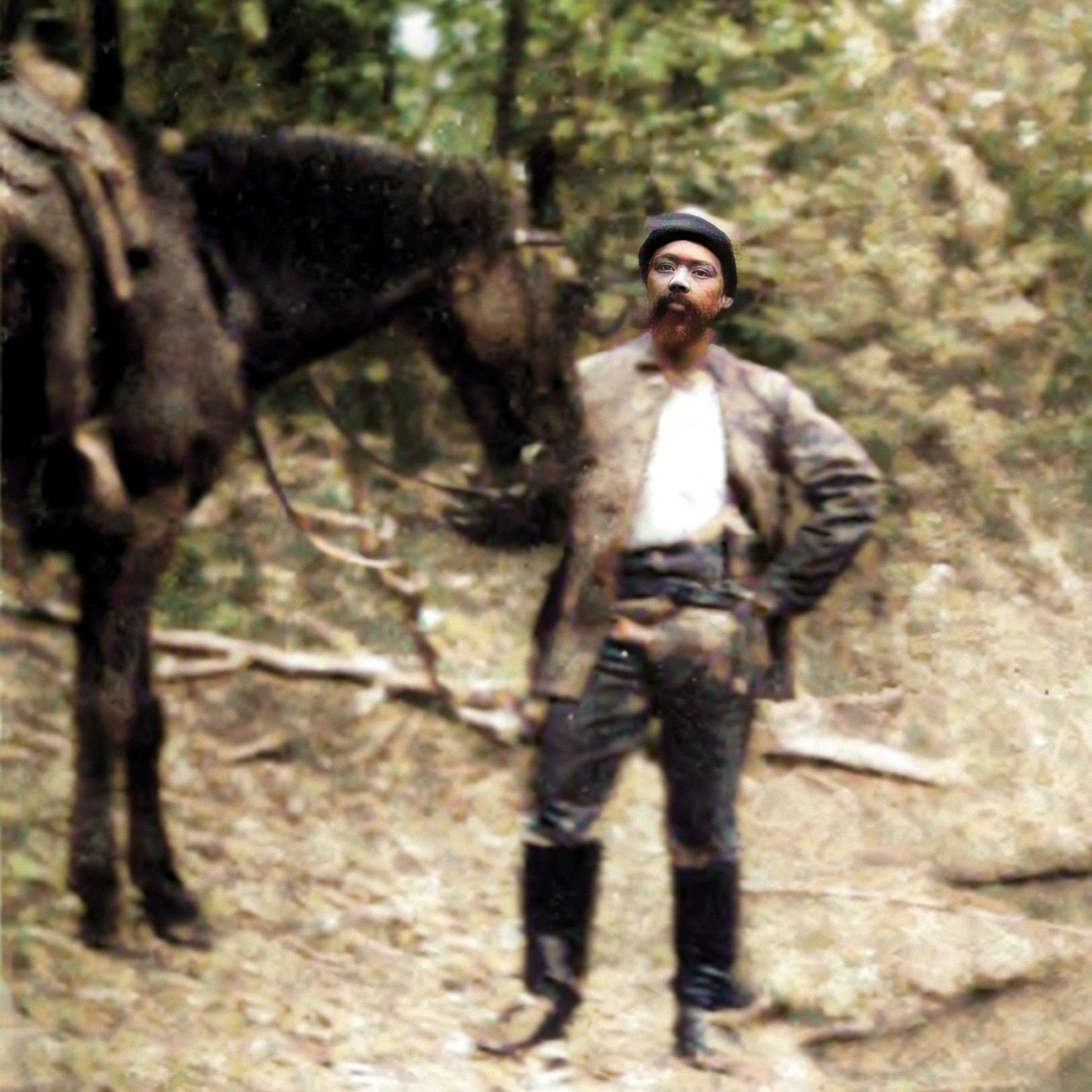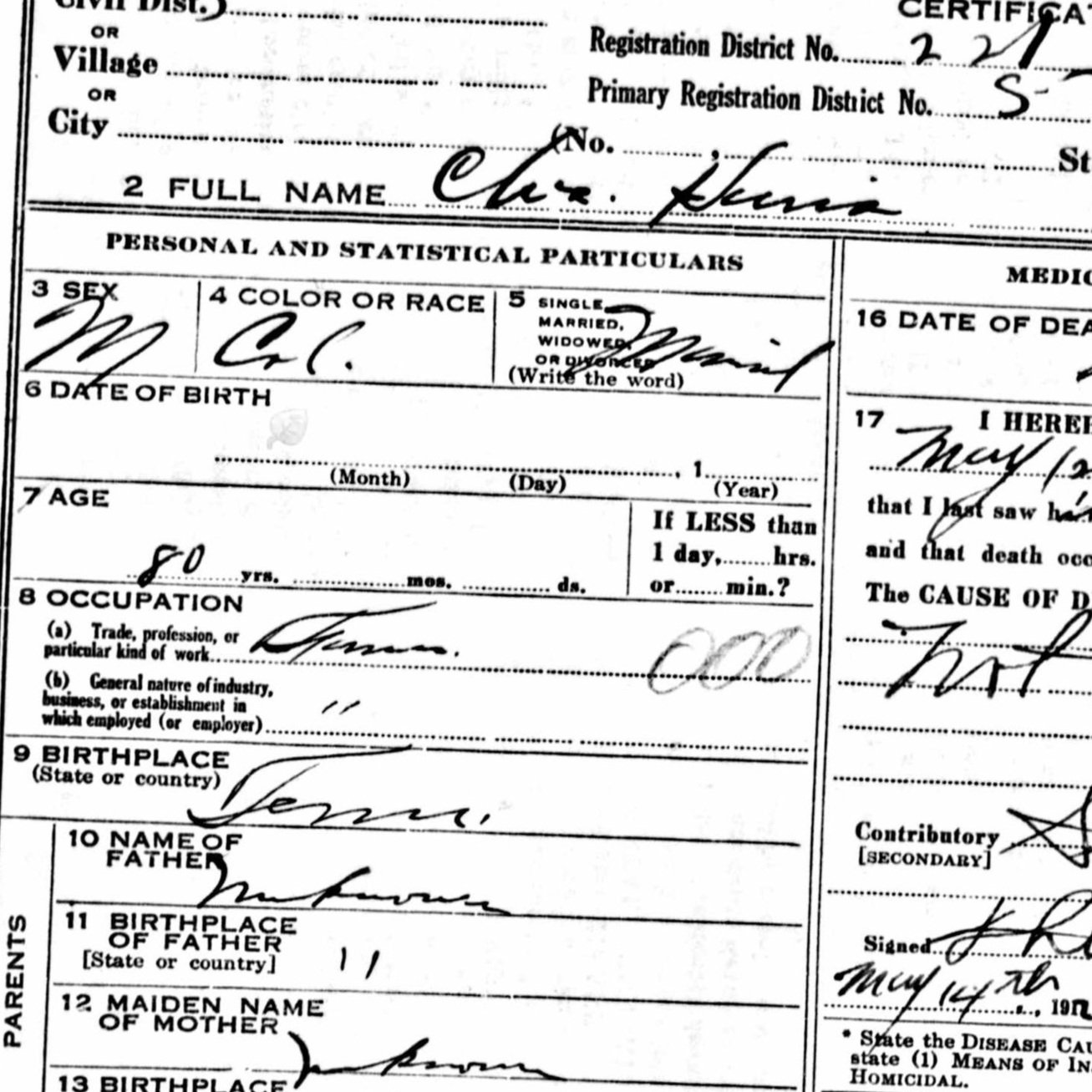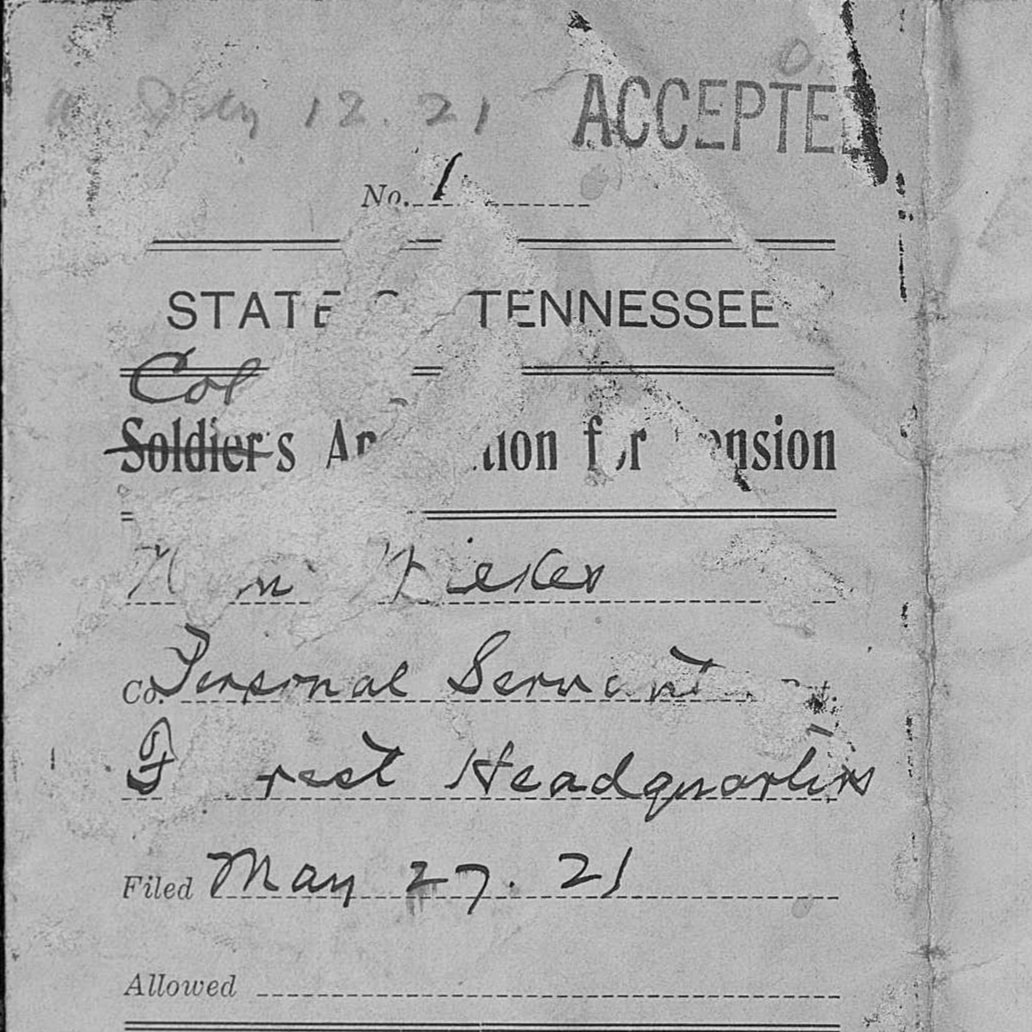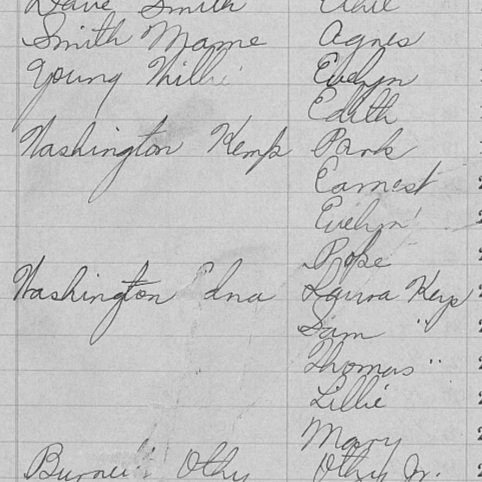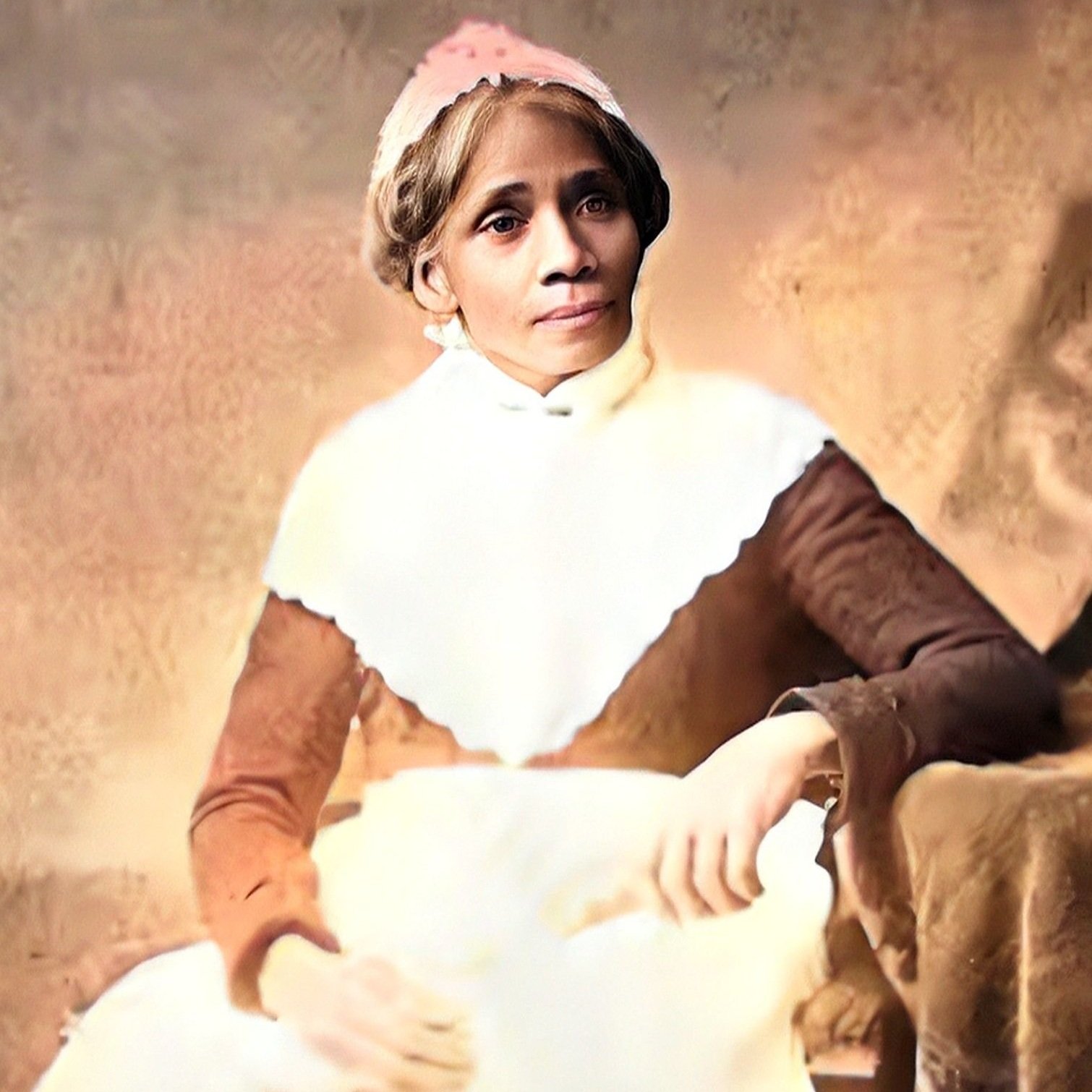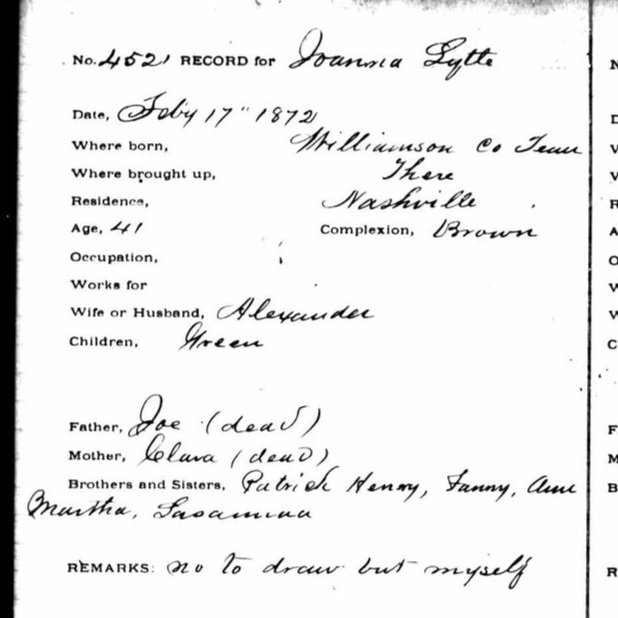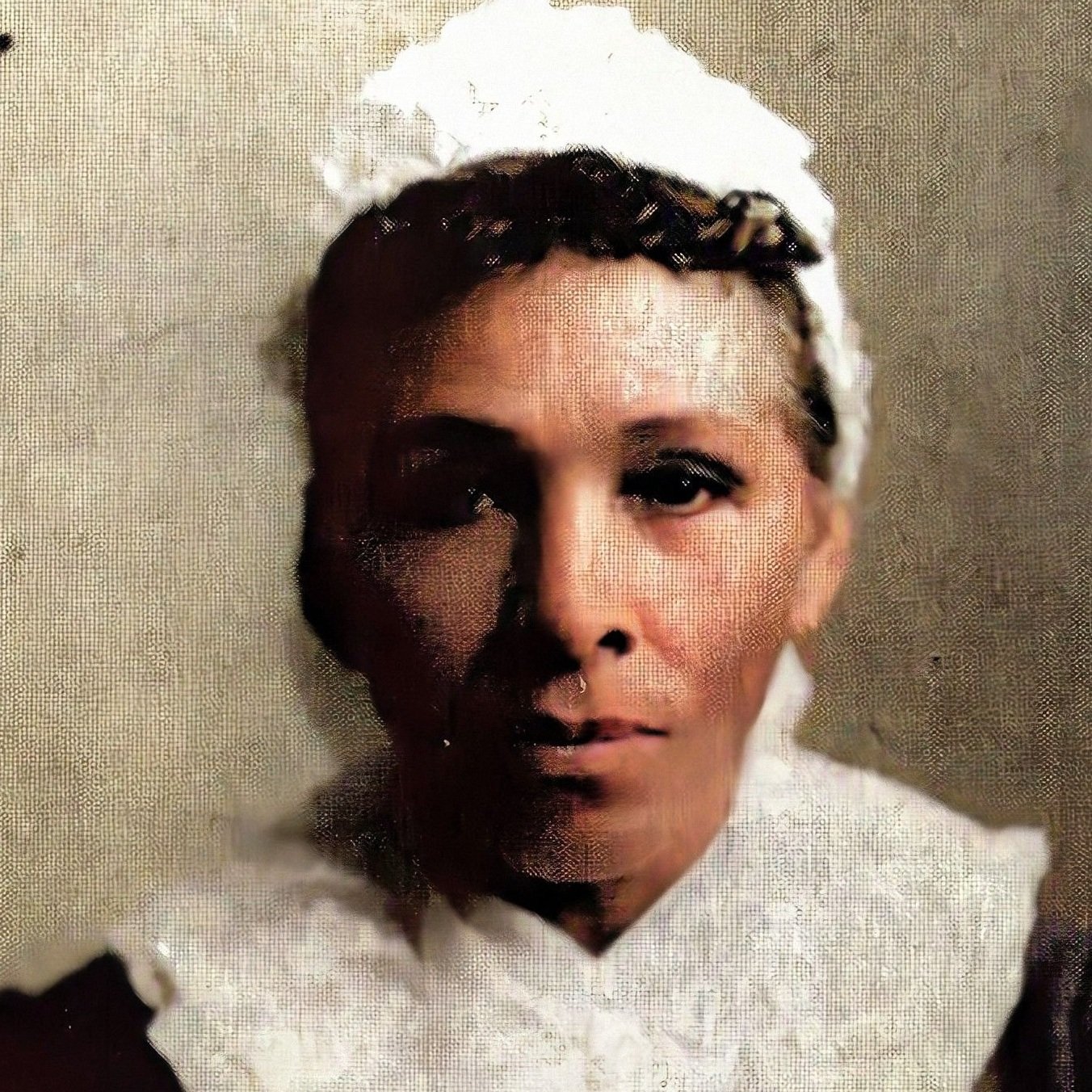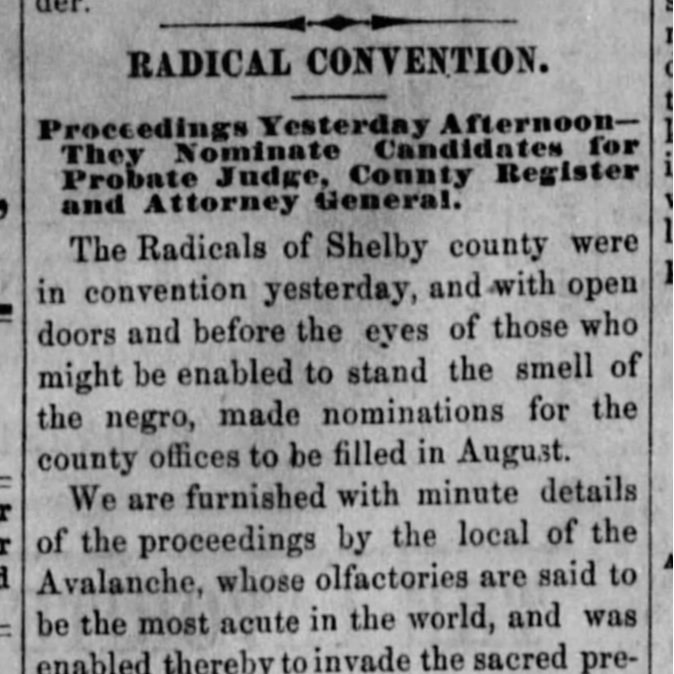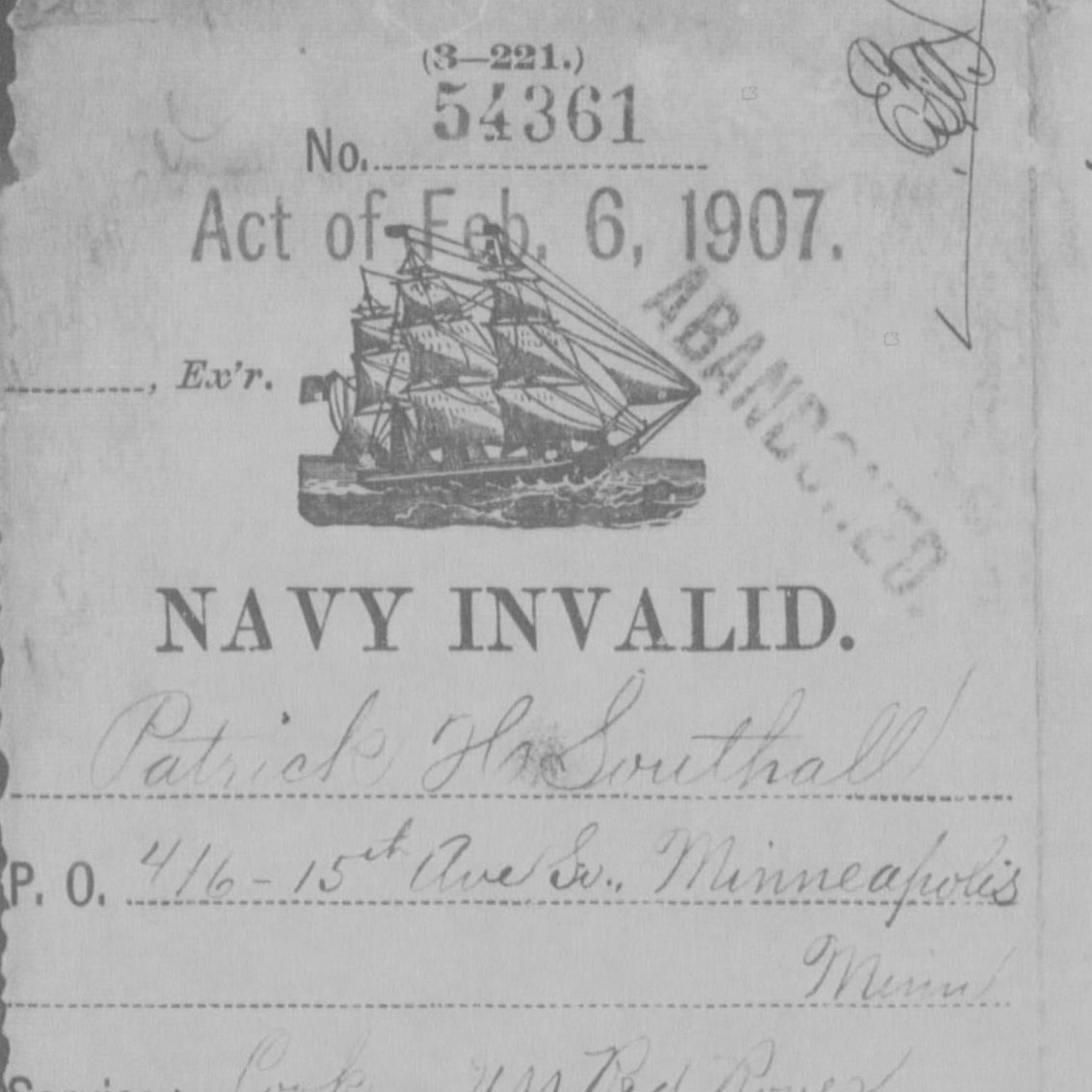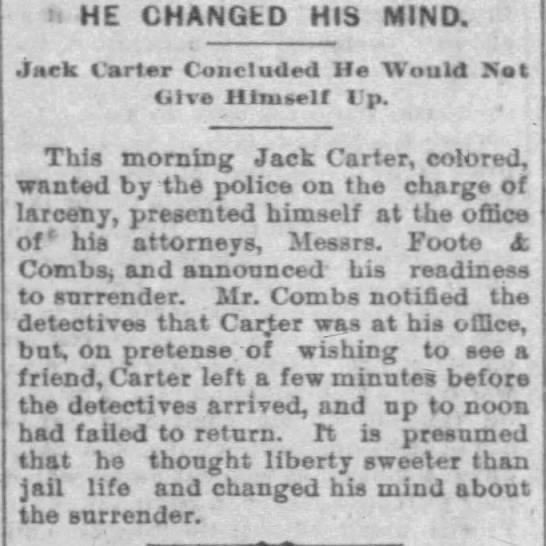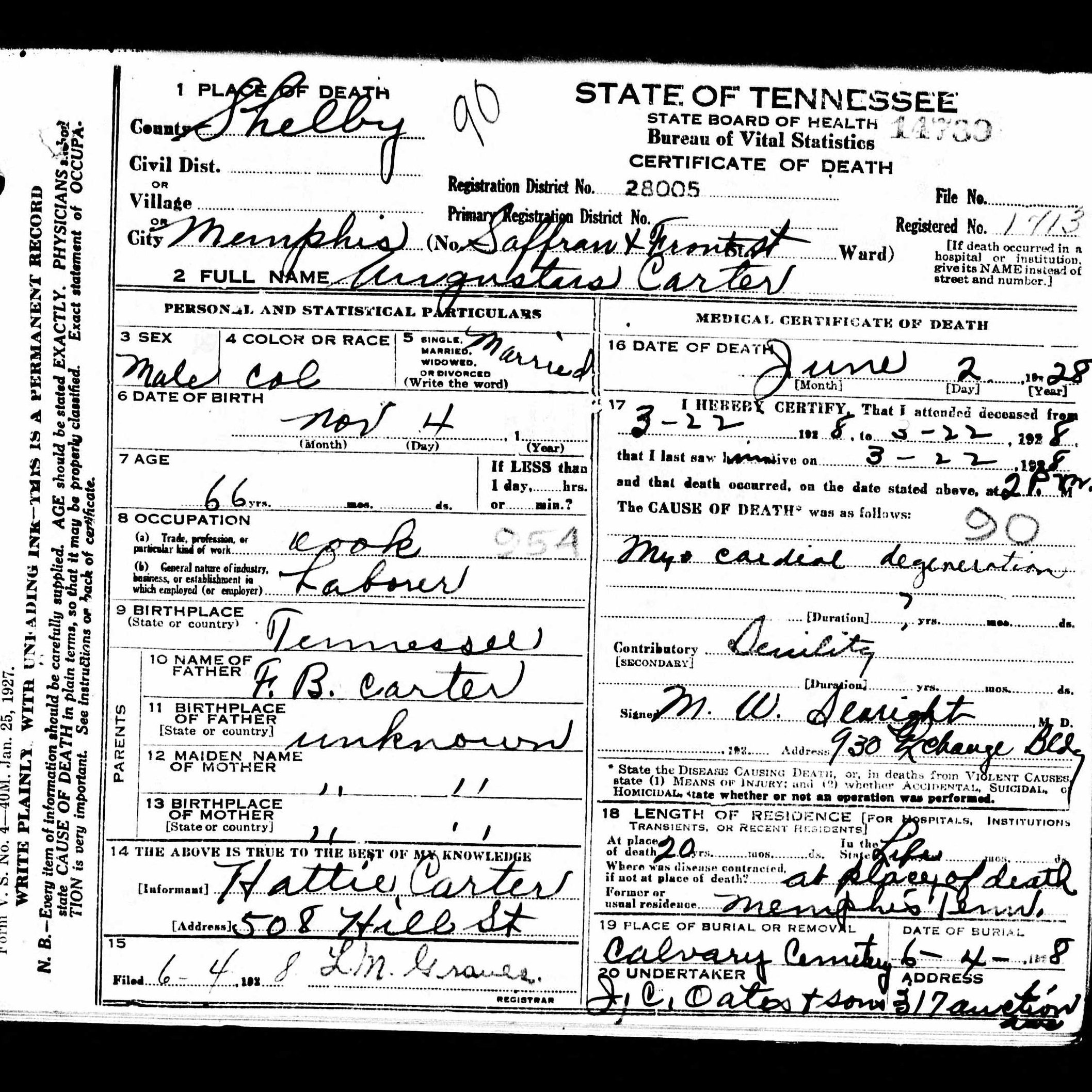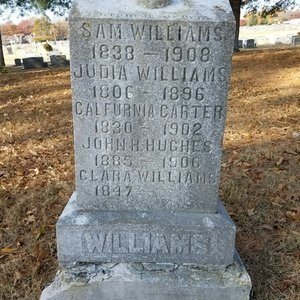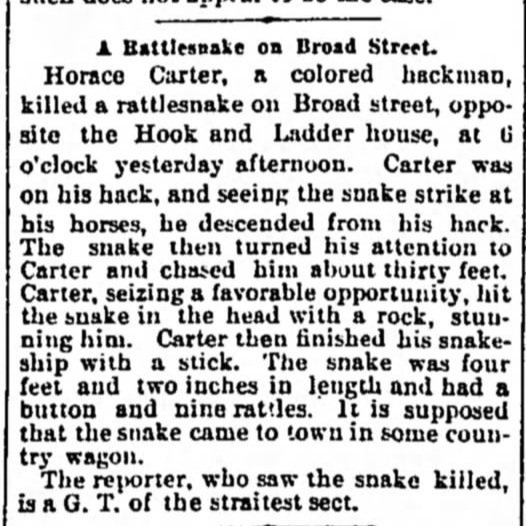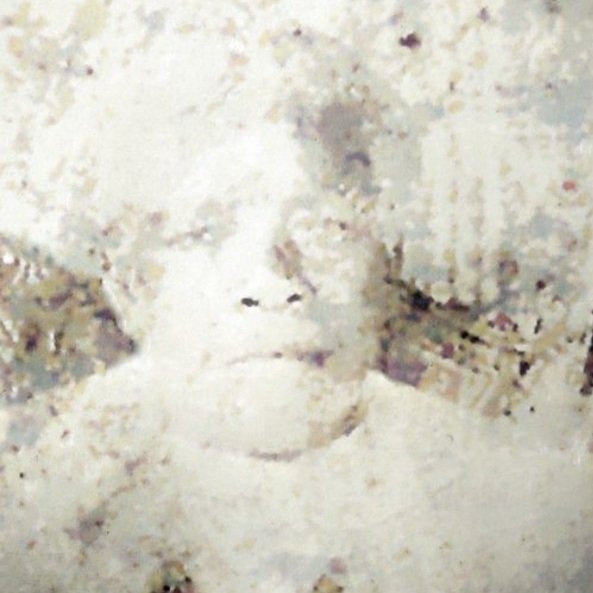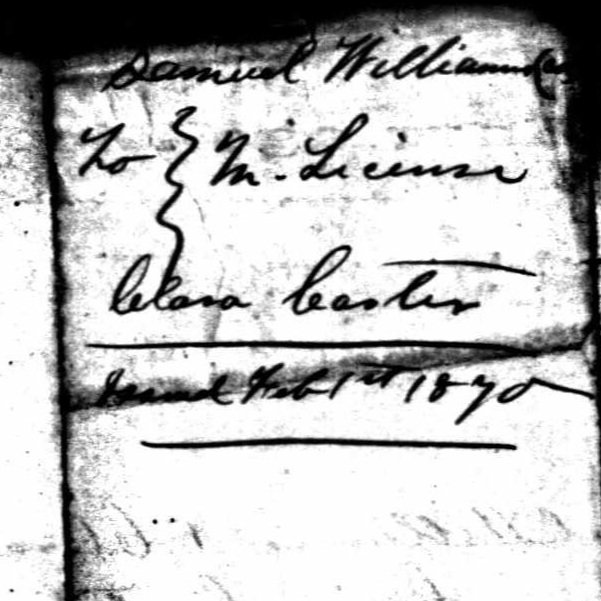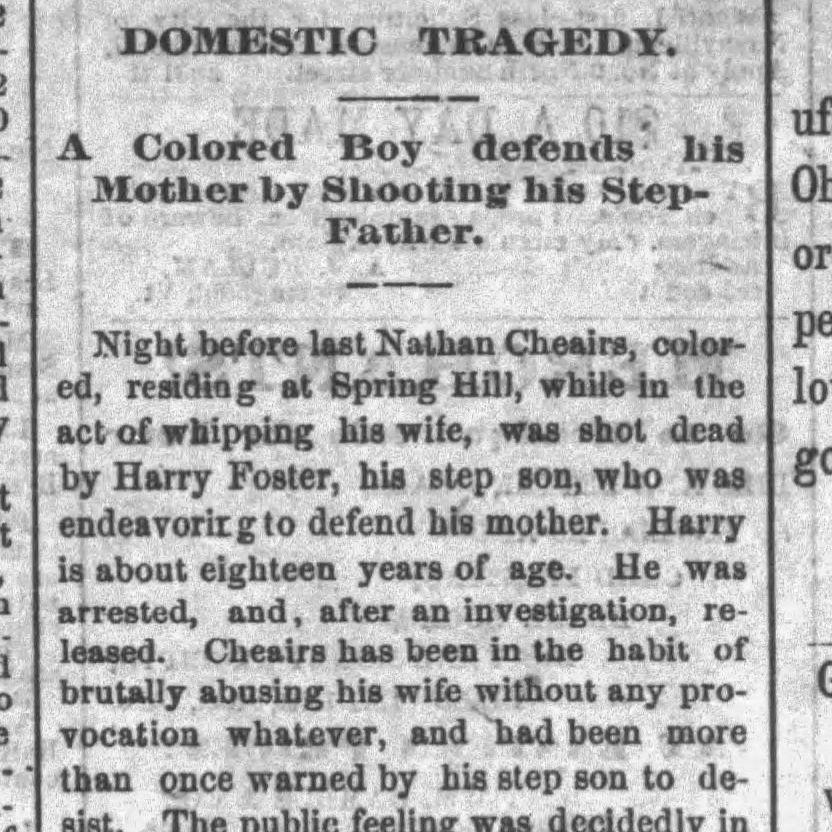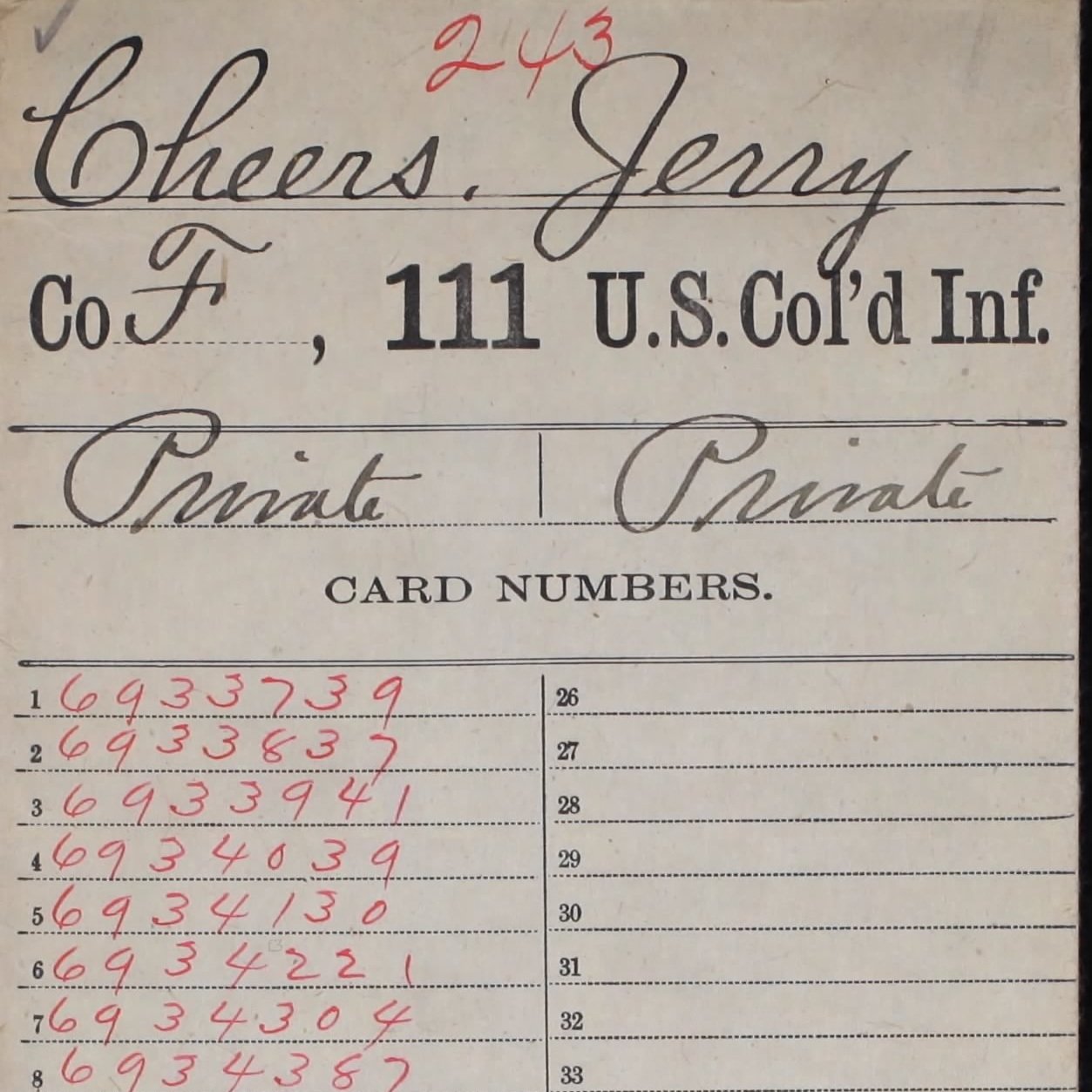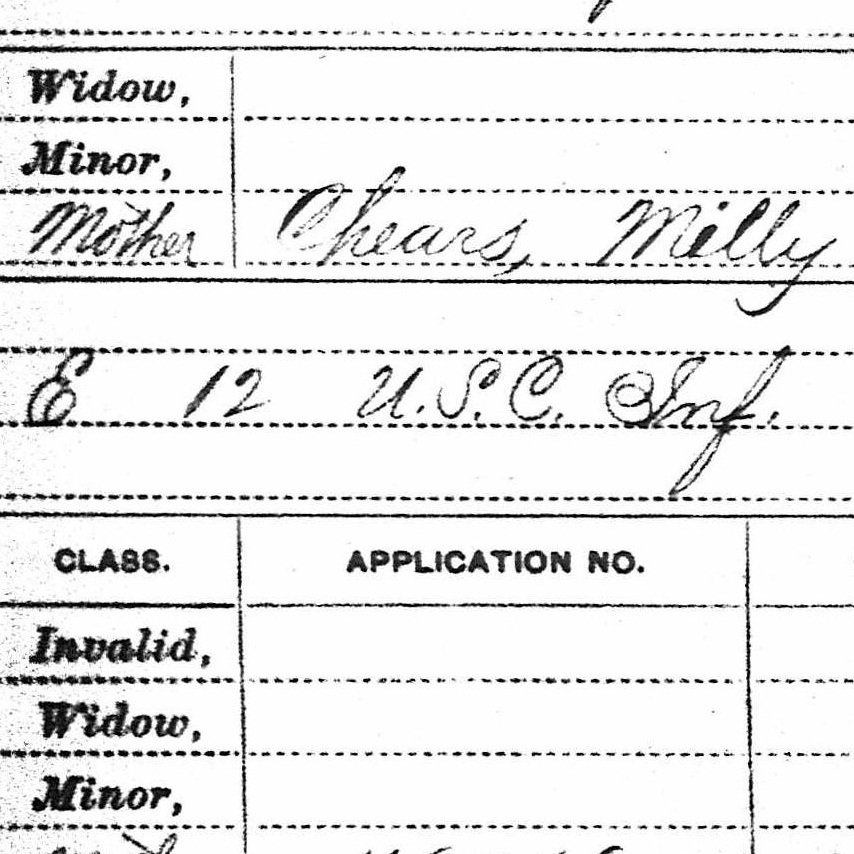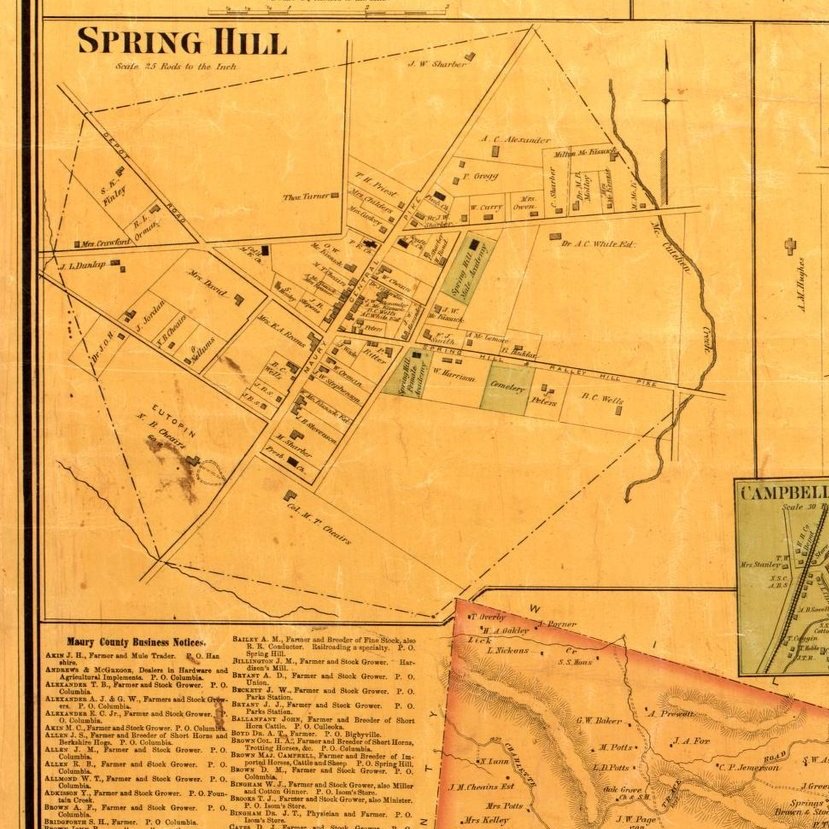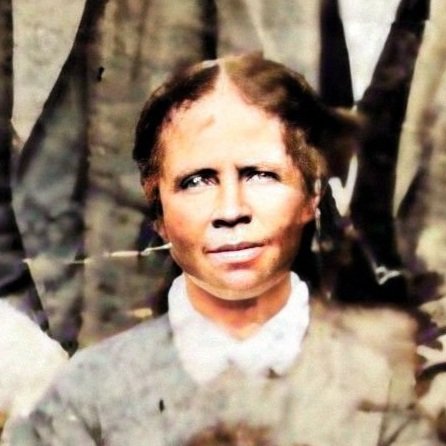In 1860 the families who lived at Carnton, Carter House, and Rippa Villa enslaved a combined total of 147 people. Enslaved people were the labor force that allowed such places to grow and thrive. They served the white families, grew and harvested crops, cut trees, split wood, tended to livestock, painted, hauled water, broke and moved rock, put up and tore down fences, washed clothes, and also, in the few waking moments they had to themselves, developed their own food, their own music, and their own lifestyles. They worshipped God and prayed for better days. When the American Civil War began countless thousands of enslaved men accompanied Confederate soldiers as body servants, or camp slaves. The enslaved created their own legacies within the confines of the most oppressive and rigid social and economic system. They endured limitations, abuses and violence, separation, and uncertainty about day-to-day life. They have always been part of the antebellum story of the South, and these proud and brave people were ignored for too long. Here are some of their stories.
In 1860 the families who lived at Carnton, Carter House, and Rippa Villa enslaved a combined total of 147 people. Enslaved people were the labor force that allowed such places to grow and thrive. They served the white families, grew and harvested crops, cut trees, split wood, tended to livestock, painted, hauled water, broke and moved rock, put up and tore down fences, washed clothes, and also, in the few waking moments they had to themselves, developed their own food, their own music, and their own lifestyles. They worshipped God and prayed for better days. When the American Civil War began countless thousands of enslaved men accompanied Confederate soldiers as body servants, or camp slaves. The enslaved created their own legacies within the confines of the most oppressive and rigid social and economic system. They endured limitations, abuses and violence, separation, and uncertainty about day-to-day life. They have always been part of the antebellum story of the South, and these proud and brave people were ignored for too long. Here are some of their stories.

